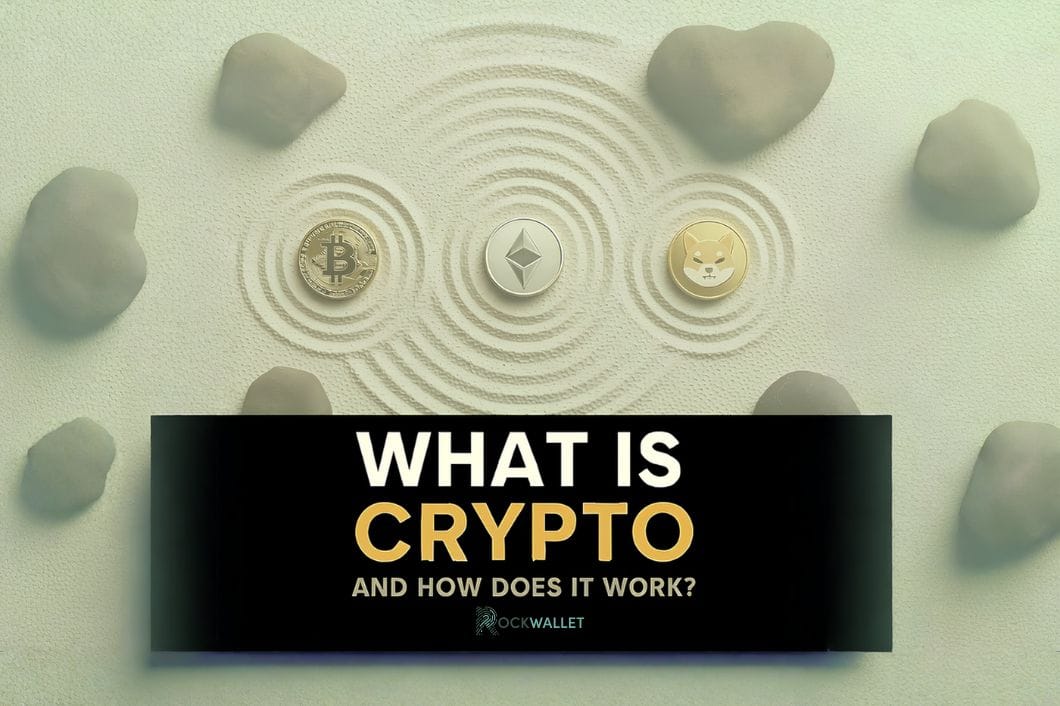
December 1, 2025
•5 min read
•Intro to Crypto
What is cryptocurrency and how does it work?
If you haven’t read a lot about cryptocurrency, you may be wondering exactly what it is. This article explains what is crypto and how cryptocurrency works.

If you haven’t read a lot about cryptocurrency, you may be wondering exactly what it is. This article explains what is crypto and how cryptocurrency works.